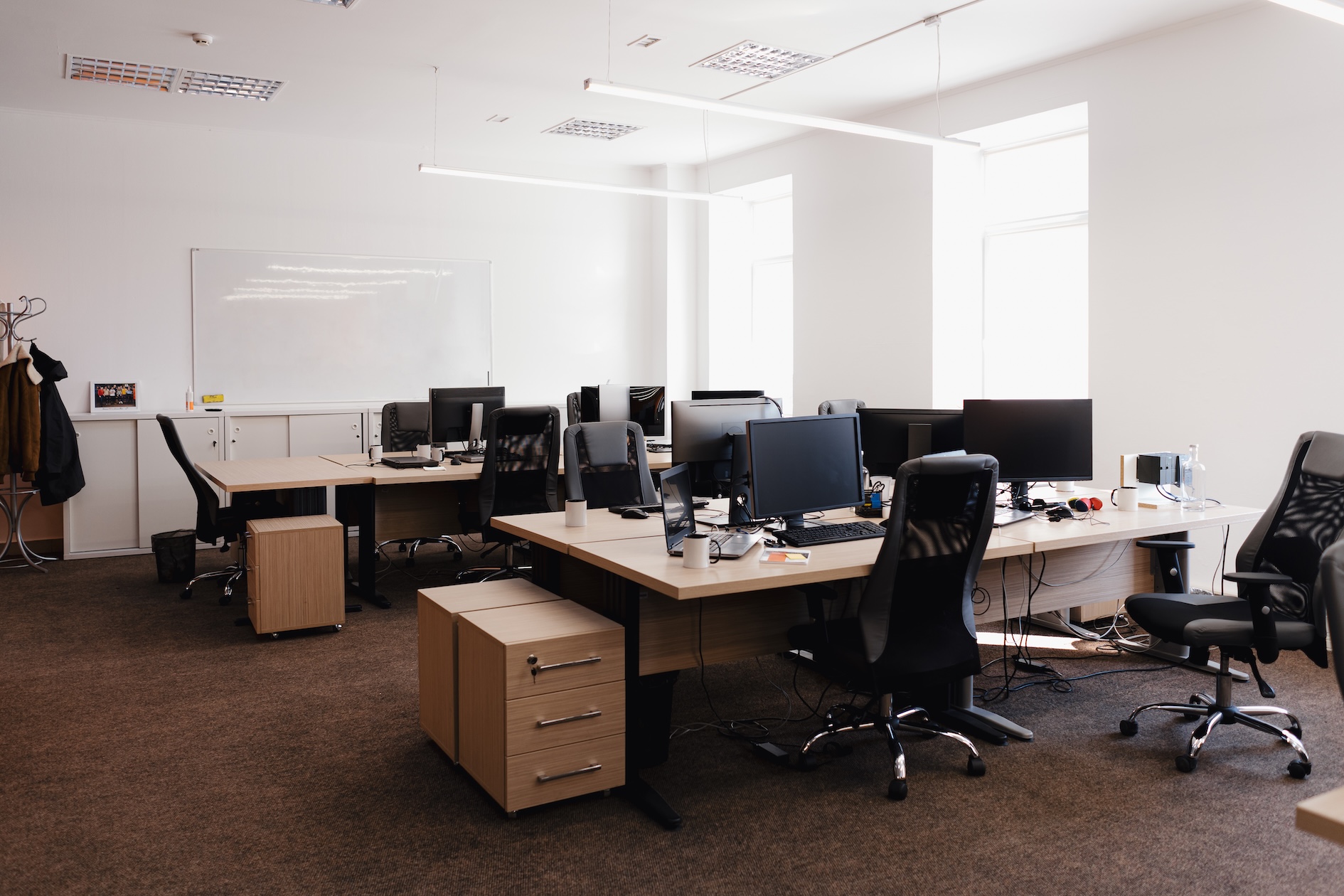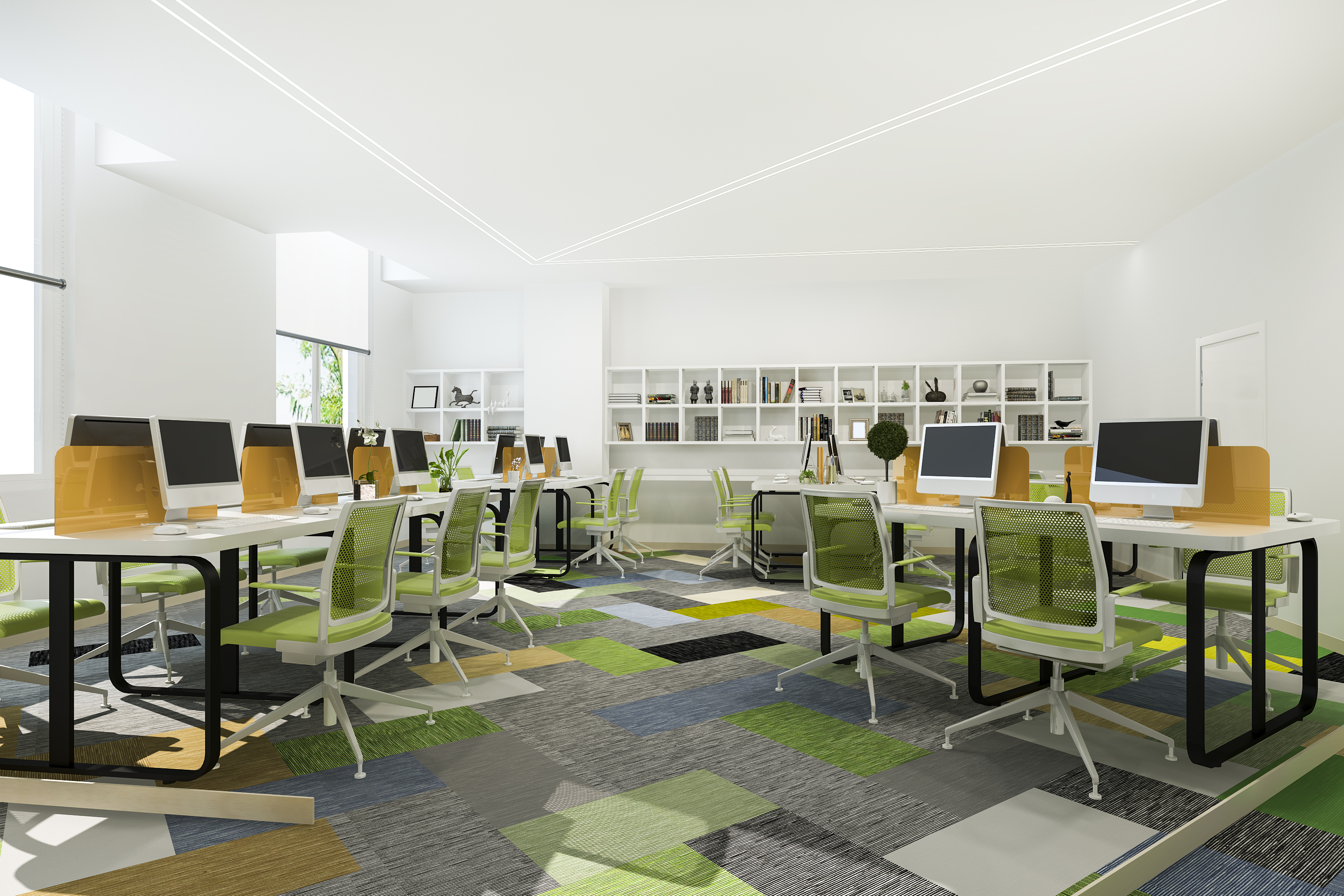
How Flexible Office Space Improves Workspace Efficiency
Companies are rethinking how they manage office space to better support employees, boost productivity, and adapt to changing needs.
Flexible office spaces are becoming a go-to solution for modern workplaces, offering more adaptability than traditional offices.
Whether through open-plan designs, coworking spaces, or integrating virtual office models, these flexible office designs are shaping the future of work.
In this article, we’ll explore the benefits of flexible office spaces and how they are transforming the modern workspace to improve overall efficiency.
What is Flexible Office Space?
Flexible office space or flexible workspace refers to work environments designed with adaptability in mind, allowing businesses and employees to tailor the workspace to their specific needs.
Unlike the rigid structure of traditional office setups, where each employee has a fixed desk, and the office layout rarely changes, flexible offices offer the freedom to adjust how and where work gets done.
These spaces may include open areas for group collaboration, private offices for focused work, and coworking spaces allowing employees from different teams or companies to share the same office environment.
How Flexible Office Spaces Compare to Traditional Office Layouts
The primary difference between traditional offices and flexible workspaces is the level of adaptability.
Traditional offices typically have fixed layouts with designated workstations for each employee.
This setup can lead to inefficiencies, such as unused desks when employees are out of the office or less collaborative interaction due to rigid seating arrangements.
On the other hand, a flexible office space removes these limitations by allowing employees to move freely, book desks as needed, and use spaces designed for specific tasks.
In traditional offices, employees are usually confined to assigned desks, whereas in flexible environments, workers can choose a desk that best suits their work style or project for the day.
In comparison, flexible offices prioritize adaptability. Flexible designs can accommodate both individuals and teams by incorporating open areas, private offices, and hot desks.
Key Elements of Flexible Office Design
Creating an efficient, flexible workspace involves integrating various features that accommodate different work styles and tasks.
Open Plan Layouts and Quiet Areas
A mix of open-plan layouts for collaboration and quiet areas for focused work is crucial.
Open spaces encourage teamwork and idea sharing, while quiet zones allow for individual concentration, ensuring employees can choose the right environment for their tasks.
Flexible Furniture and Technology Integration
Comfortable furniture like standing desks promotes both health and productivity. Additionally, desk booking systems and real-time data help employees reserve spaces efficiently, ensuring the office runs smoothly.
Customizable Office Layouts
Flexible office layouts allow businesses to adapt to different team sizes and work needs.
Teams can adjust their workspace according to their projects, ensuring that spaces are optimized for both collaboration and focused tasks.
Private Offices and Meeting Rooms
While open spaces are great for teamwork, a private office space, and a meeting room are essential for confidential work or focused discussions.
Businesses can maximize space by reserving these rooms for when they are needed, avoiding unused areas.
The Role of Coworking Spaces, Virtual Offices and Hot Desking in Flexible Office Design
Integrating coworking spaces, virtual offices, and hot desks has become an important component of flexible office design.
- Coworking spaces play a significant role in flexible office design by offering shared areas where individuals from different teams or businesses can work. These spaces promote collaboration and creativity by encouraging communication and idea-sharing between diverse groups of workers.
- Hot desking provides even more flexibility by eliminating permanently assigned desks. Employees can book any available space or meeting room, depending on their needs for the day. This system better uses the office space, confirming that desks are not left unused and allowing workers to choose where they work.
- Virtual offices add another layer of flexibility, particularly for companies with remote or hybrid teams. These setups allow employees to have access to the business’s resources, such as meeting rooms or a business address, even when they aren’t physically present in the office.
Why is a Flexible Workspace Necessary?
A flexible office space offers numerous advantages to businesses, especially in today’s dynamic work environment.
These spaces boost efficiency, adaptability, and collaboration while accommodating various work styles.
1. Enhanced Collaboration and Teamwork
One of the main benefits of flexible office spaces is their ability to foster collaboration among employees.
Open areas or coworking spaces encourage team members to share ideas, solve problems, and work together more effectively.
Unlike traditional offices, where people are often isolated in assigned desks, flexible spaces allow employees to gather, interact, and work on projects as a group.
2. Improved Employee Well-Being
Businesses can help employees feel more comfortable and productive by offering them more control over their work environment.
Whether they prefer a quiet corner to focus or an open space for collaboration, businesses can help employees feel more comfortable and productive.
Features like standing desks and ergonomic furniture further enhance comfort, leading to improved physical health, reduced stress levels, and improved employee efficiency and well-being.
3. Adapting to Changing Business Needs
A flexible office space allows businesses to adjust their office layout and space usage based on their current needs. The office can be reconfigured without major disruptions as teams grow or shift focus.
This flexibility is especially important for businesses that are scaling, or that need to accommodate varying numbers of employees at different times, as seen in hybrid work models.
4. Cost Savings and Efficient Space Management
Businesses can avoid paying for unused office space by using space more efficiently, such as through hot desking and desk booking systems.
This is particularly valuable for companies with a hybrid or remote workforce, where fewer employees need to be in the office at the same time.
5. Increased Productivity and Focus
Flexible workspaces also contribute to higher productivity by allowing employees to choose the environment that best suits their needs.
Whether it’s a collaborative space for teamwork or a quiet area for focused work, employees can find the right setting for different tasks.
This flexibility leads to more focused work, fewer distractions, and ultimately, higher productivity.
Optimize Your Flexible Office Space with DeskFlex
DeskFlex simplifies managing flexible office spaces by offering tools that optimize desk, meeting room, and resource management. It’s designed to help businesses efficiently adapt to changing workplace needs.
With real-time desk and room reservations, employees can quickly book spaces, avoiding overbooking or wasted time. This feature helps keep the office running smoothly and employees focused.
DeskFlex also supports hot desking, allowing employees to choose a workspace when needed, fostering flexibility and productivity.
Its 3D floor mapping tool makes navigating the office easy, and real-time data on space usage helps managers improve office layouts. Book a demo with DeskFlex today to see the benefits for your business!
FAQs About Flexible Office Spaces
What is a flexible office space?
A flexible office space refers to a work environment designed with adaptability in mind, allowing both businesses and employees to adjust how and where they work.
What are the disadvantages of a flex office?
While flexible office spaces offer adaptability and collaboration, there are some potential downsides. The lack of assigned desks can lead to a lack of personal or dedicated workspace, which may be a challenge for employees who prefer consistency.
What is a flex meeting space?
Unlike traditional conference rooms that may be permanently assigned to certain teams or departments, flex meeting spaces are available for booking by any employee, providing flexibility and efficient use of office resources.


















































